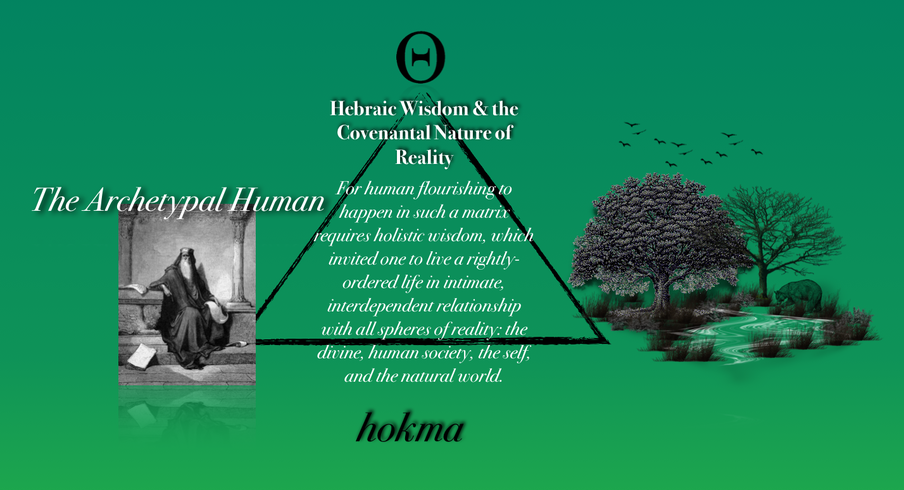|
5/23/2017 0 Comments befriending the world: reading literature informed by biblical theology, part 2 Doorway of Salisbury Cathedral, England Doorway of Salisbury Cathedral, England Following up from my piece in Christianity Today, this second part consists of the application of the 8 fundamental biblical-theological themes or paradigms that I outlined in my last blog post. What follows are 8 interpretive guidelines that may serve to orient our reading of any work of literature.
As always, thank you for reading. Feel free to drop a line or tweet at @pegasus_edu. - Matthew Farrelly
0 Comments
 I developed this schematic for an academic poster. You can see the full poster at the bottom of the "founder" page of this site. I developed this schematic for an academic poster. You can see the full poster at the bottom of the "founder" page of this site. In light of the recent book recommendations I've made at Christianity Today, I thought I would offer a brief introduction to an approach to reading literature that has been specifically informed by some central biblical-theological themes. For a brief summary of what biblical theology is, you can follow the link here on my website. I must also highly recommend the great work being done at The Bible Project. You can also check out their YouTube channel here. I would encourage anyone to make use of their robust and richly beautiful media and print materials that help the Bible and the study thereof come to life. This first post (of two) will be an introduction and overview of what I believe are 8 central themes in biblical theology. These can help inform or guide how we read literature of all kinds (the second post). The Bible and Biblical Theology
Again, these 8 themes represent only some important and introductory facets of biblical theology that can inform the way we read other literature. The next post will tease this out as I will make some application of these points to the reading of literature specifically. I'd love to hear from you. You can follow Pegasus Education on Twitter @pegasus_edu. You can also follow my personal account @mr_farrelly. Thanks for reading. - Matthew Farrelly 5/1/2017 1 Comment the end is in sight It is Monday...again. And this is a good thing. We've all heard the phrase, "the end is in sight" to which we so often seem to imply - or mean quite literally - that some end is in sight which gives us the fortitude to simply get through whatever it is we are doing now. We are living for some end - often the weekend. Obviously, to anticipate the weekend isn't all bad. To anticipate something coming down the road that we are excited about (perhaps the end of the school year?) is a fine thing. Yet, if we are not careful, we can live our lives as if this moment does not matter. It is as if it is our lot in life to suffer the weekday for the weekend; the time when we get to NOT do those things that are not entertaining or something else. Today becomes a mere day. What I'm getting at is that the end is in sight and the end is now. Today. This thing. An "end" or telos is a goal. The end, the telos gets at the purpose for our life. It is the target to which the arrow of our attention and desires are pointing. We align all of ourselves to that end. What if the end for which we are living is inviting us to what is before us? Perhaps it is only here that the phrase "the end is in sight" would actually be true. We cannot see the future. We can anticipate it. We have good reason to believe it will come. We plan for it. But what is really in sight is what is before our faces. What is in our hands. What is presented to our mind and heart. If we let that end be in sight, then perhaps we can begin to let the present moment unfold its invitation for us to live in the now. here. this. Live today as if it's the end. - Matthew Farrelly |
AuthorMatthew Farrelly is an educator, tutor, and growth coach. He blogs when he can at pegasus-education.com. Archives
May 2017
CategoriesAll Bible Christian Classical Classical Education Cslewis Education Flourishing Intellectual Virtue Literature Matthew Farrelly Mindfulness Moral Education Pegasus Education Perspective Philosophy Of Education Reading Theology Transformation |
Search by typing & pressing enter

 RSS Feed
RSS Feed
